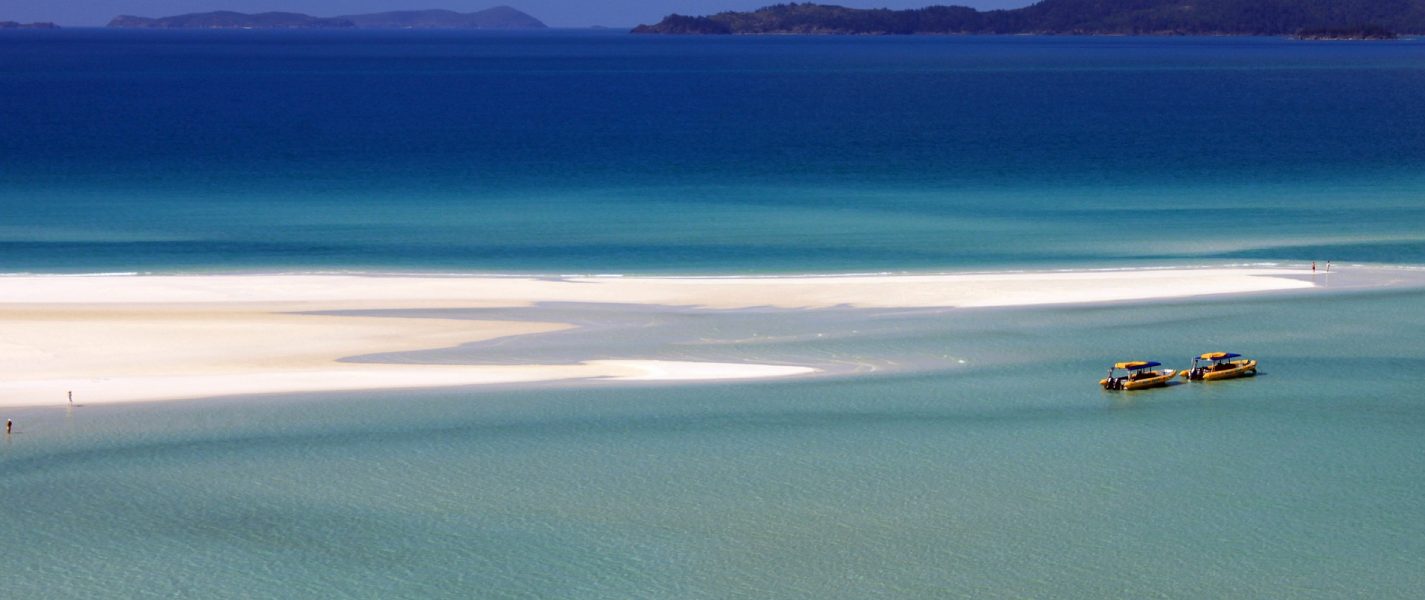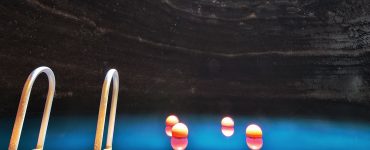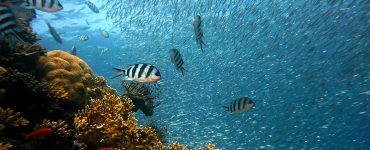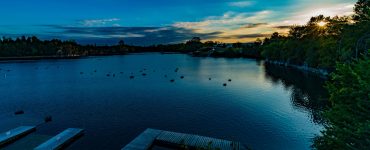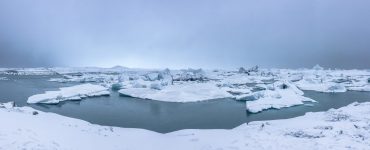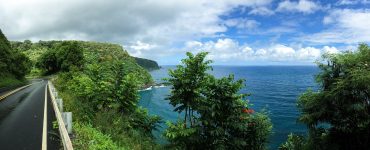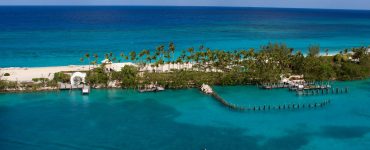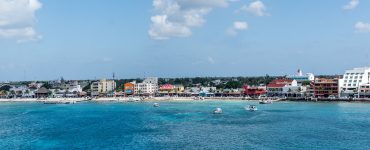My journey to the Great Barrier reef was actually my last trip to Oz, only a few days before my visa expired. I’ve always loved water, especially the sea. At the age of 14, I went on a holiday to Egypt with my parents. After snorkeling there, I fell in love with the underwater world of the red sea. Later on, I watched a documentary about Australia and the Great Barrier reef and from that moment on I knew, that I would have to visit this natural wonder of the world.
At the age of 26, I left home to backpack around Australia, or “Oz” as the Australians call it. Of course, I didn’t just travel there for the Great Barrier reef, but it was one of the main reasons.
How to get to the Great Barrier Reef
The East coast of Australia is still the most traveled part. Cairns, Townsville, Rockhampton, Mackay, Bundaberg, and Maryborough are the gateway towns to the reef and the main reason for people traveling there. There are many ways of exploring the Great Barrier reef, like skydiving, helicopter rides, sailing, and snorkeling. But you haven’t seen its full beauty without a scuba dive. Trips in Australia are pretty expensive and my scuba dive cost me 220 AUD, but it’s really “a must do” and totally worth the money.
When to travel
Queensland has two seasons, the winter season and the summer season.
The winter season falls between April and September and is a bit cooler with a low chance of rainfall.
The summer season falls between October and March, with hot and humid temperatures, where heavy rains can be expected.
Another thing is the stinger season during summer, where you have to wear a stinger suit to protect yourself. You don’t want start or finish your trip being stung by one of those little bastards, do you?
The trip itself
My morning started on a sunny day at the Cairns harbor, from where the tour with a catamaran speedboat left.
I’d snorkeled many times but had never dived and was I really excited. The boat trip took us around 90 minutes. While on board I enjoyed the view of the Coral Sea and everybody had a safety briefing about the upcoming dive. I had to wear a stinger suit, as I was traveling during the summertime when stingers are present in the water. I had a last look at the endless sea, which kind of scared me a bit because I didn’t know what was awaiting me in the water below. As I entered the water I totally forgot about holding hands with my dive instructor, and I was basically surrounded by another world. The reefs seemed endless and many curious fish were having a look at the new species that just entered their home.
There are so many different kinds of marine life to enjoy and especially the fishes are stunning with their bright colors. My personal highlight was the anemonefish/clownfish (I named it Nemo by the way), which was smiling at me. During my first dive, I also had the luxury to spot see Sea Turtles, Parrotfish, Manta Rays and one small Reef Shark.
The corals are beautiful as well, even though they are a bit blemished due to global warming.
I quickly became comfortable breathing under the water and I wish I could have stayed longer at the majestic Great Barrier Reef, which in my opinion is one the best and most beautiful dive spots in the world.
Facts about the Great Barrier Reef
The Great Barrier Reef Marine Park is the largest coral reef system in the world. It is a UNESCO World Heritage site and one of the seven natural wonders of the natural world. It isn´t a continuous reef but comprises over 2,900 individual reefs and 900 islands, covering 2,300 kilometers (1,400 miles), which even makes it visible from space.
The Great Barrier Reef is one of Australia’s most visited attractions and should be on everyone’s bucket list when traveling there.
Three thousand individual reef systems with over 400 different kinds of corals can be found at the 500,000 years old Great Barrier Reef.
The variety of ocean species is amazing and ranges from some of the largest animals in the sea, from the Humpback Whale to the world’s smallest and lightest fish the, Scripps Fish. Other stunning marine life that can be found here include:
Whales & Dolphins, Dugongs, Green Sea Turtles, Humphead Wrasses (which are one of the longest fish in the reef), Groupers and Cods (which can reach up to 270 centimetres and 400 kg), Giant clams (which are over 120 years old), Butterflyfish, Anemonefish/Clownfish, Parrotfish, 160 different sharks (with the Whitetip Reef Shark being the most common), Mollusks, Starfish, Sponges


